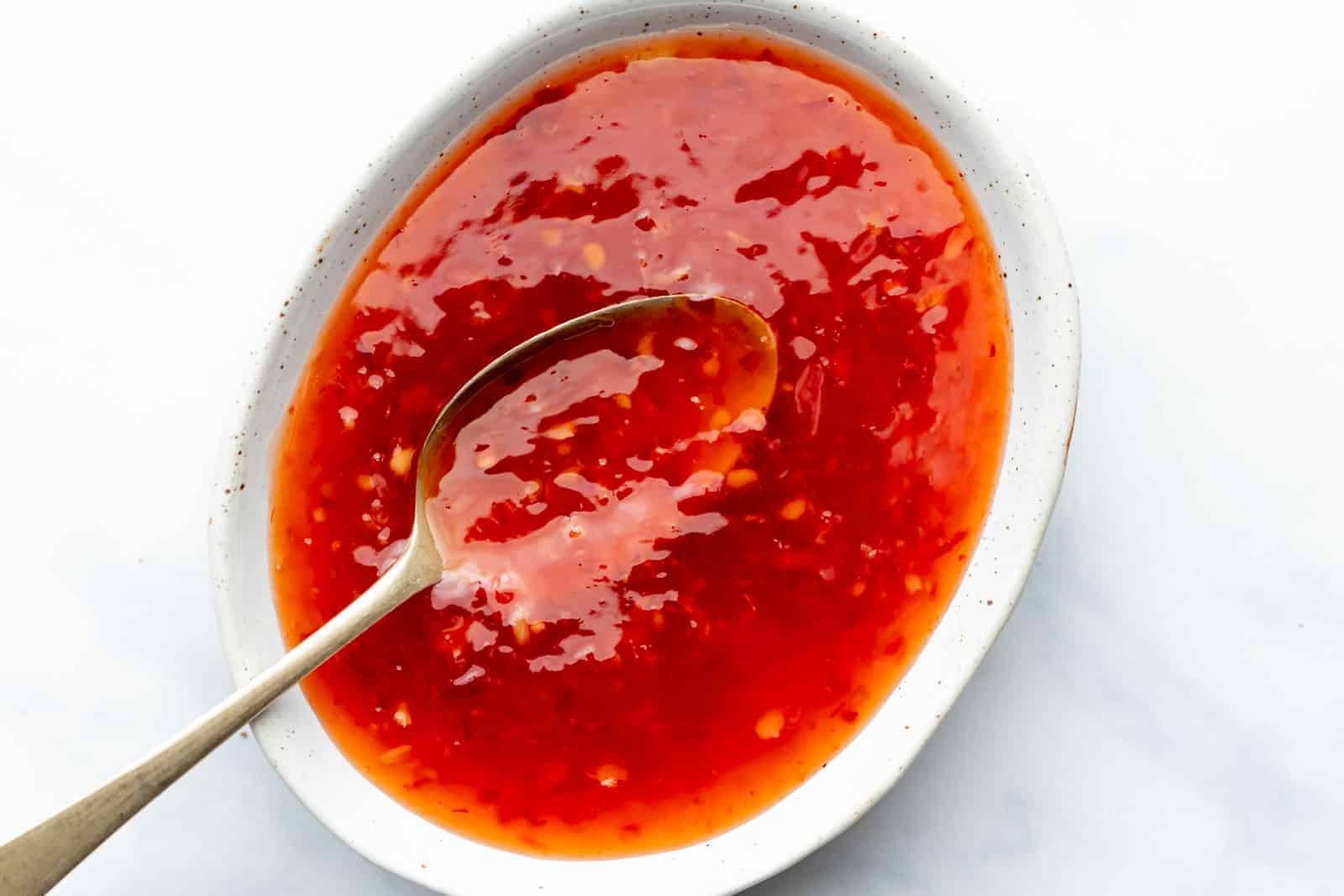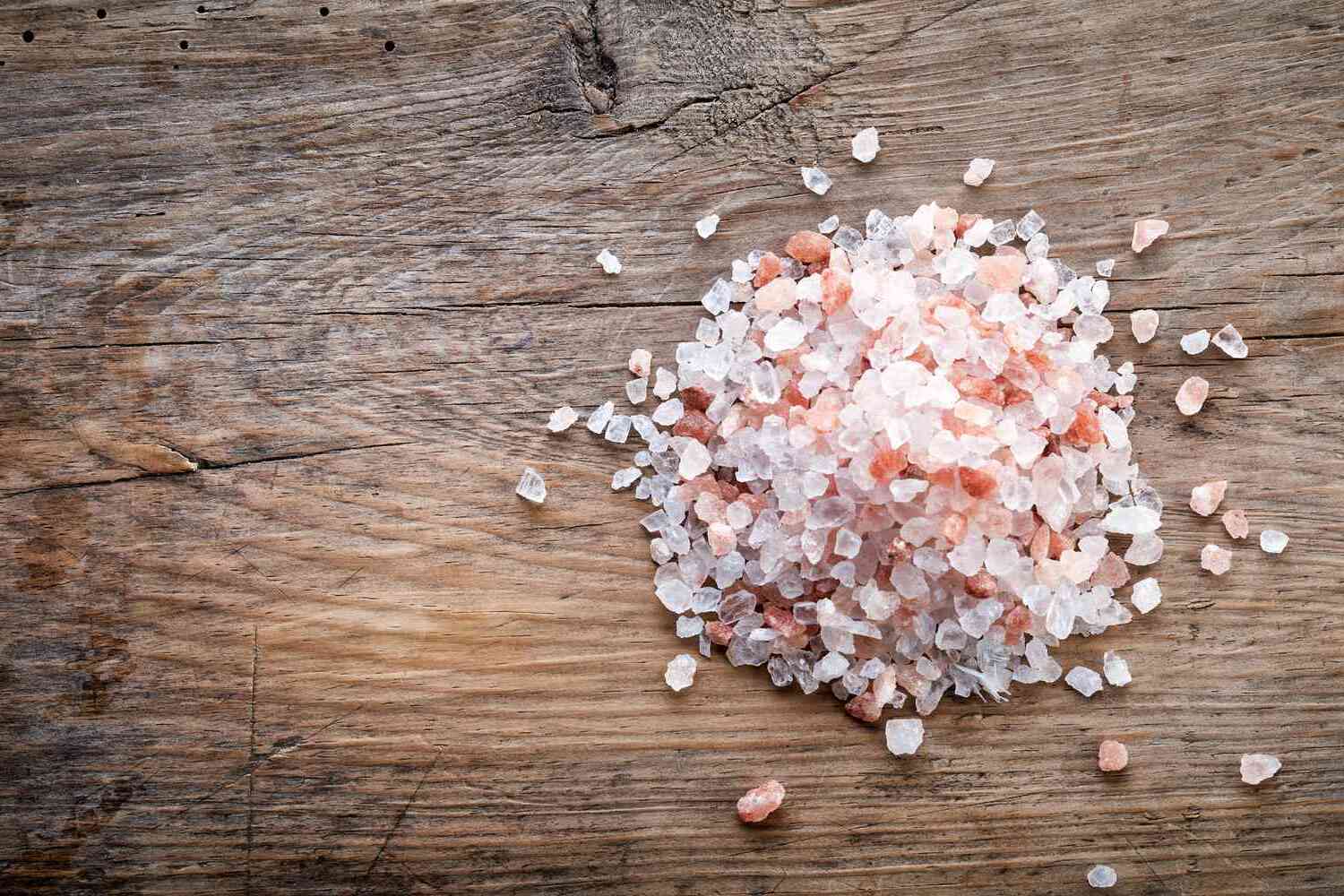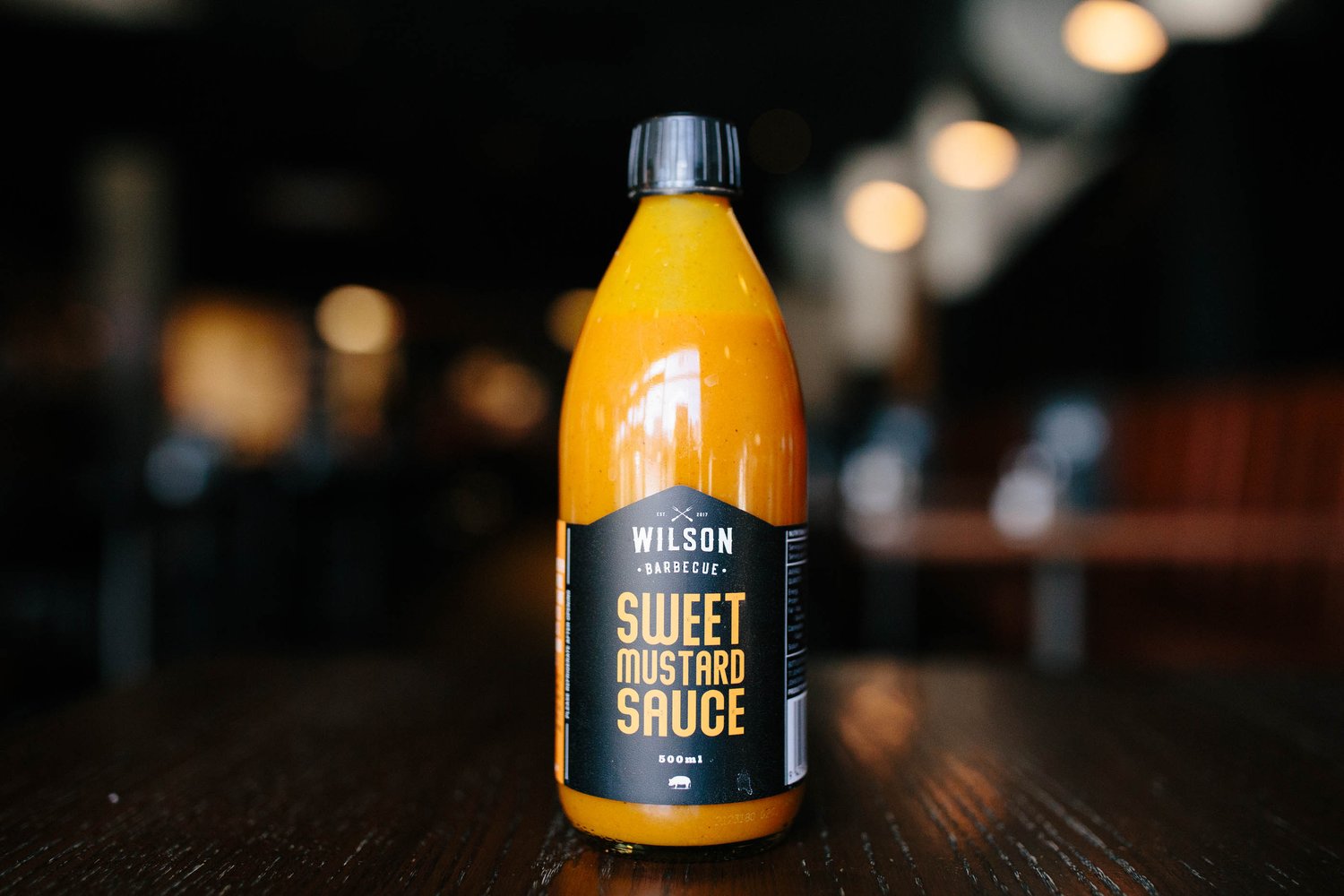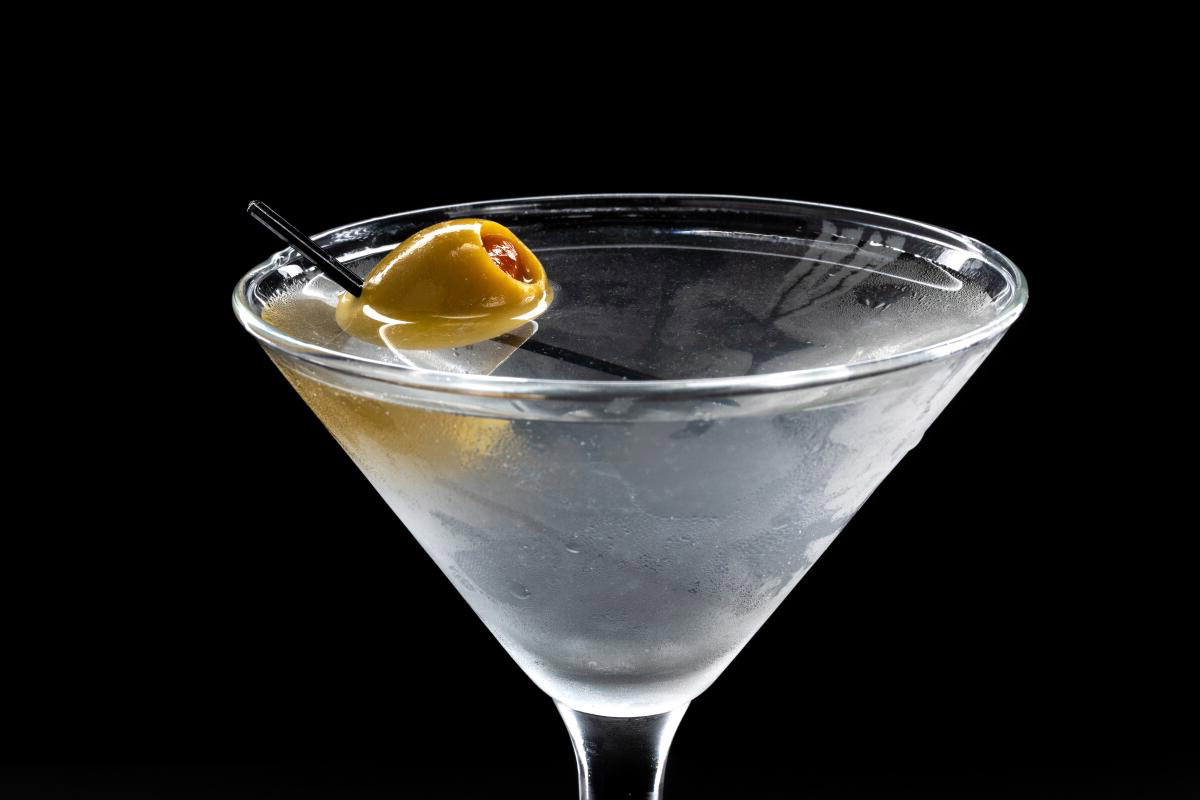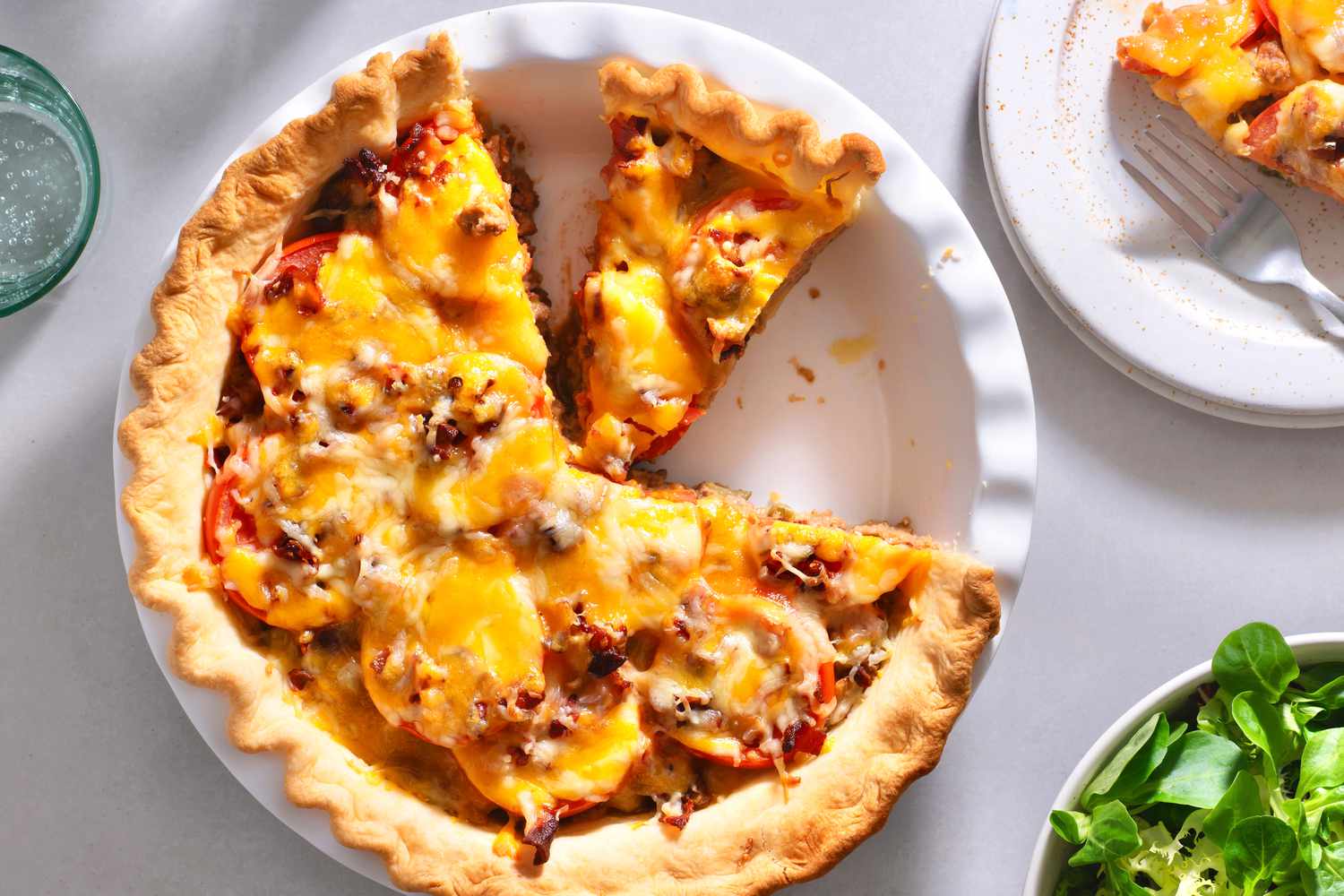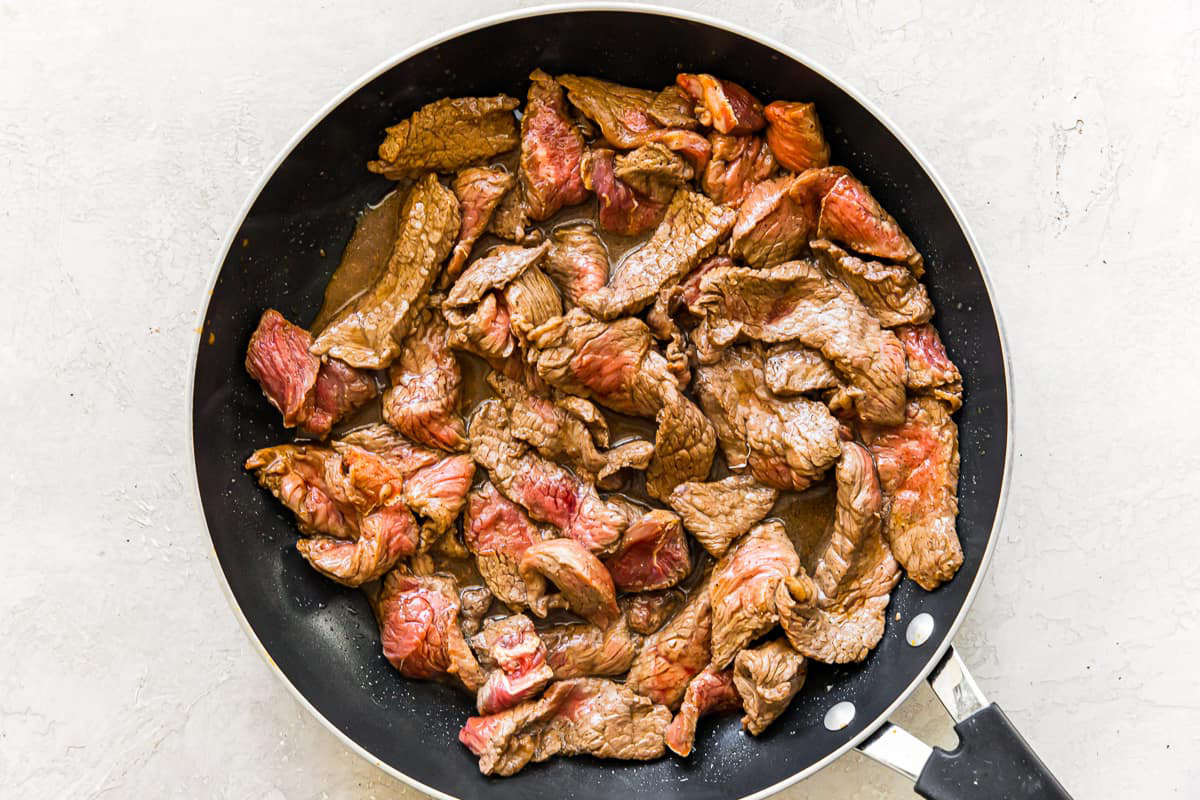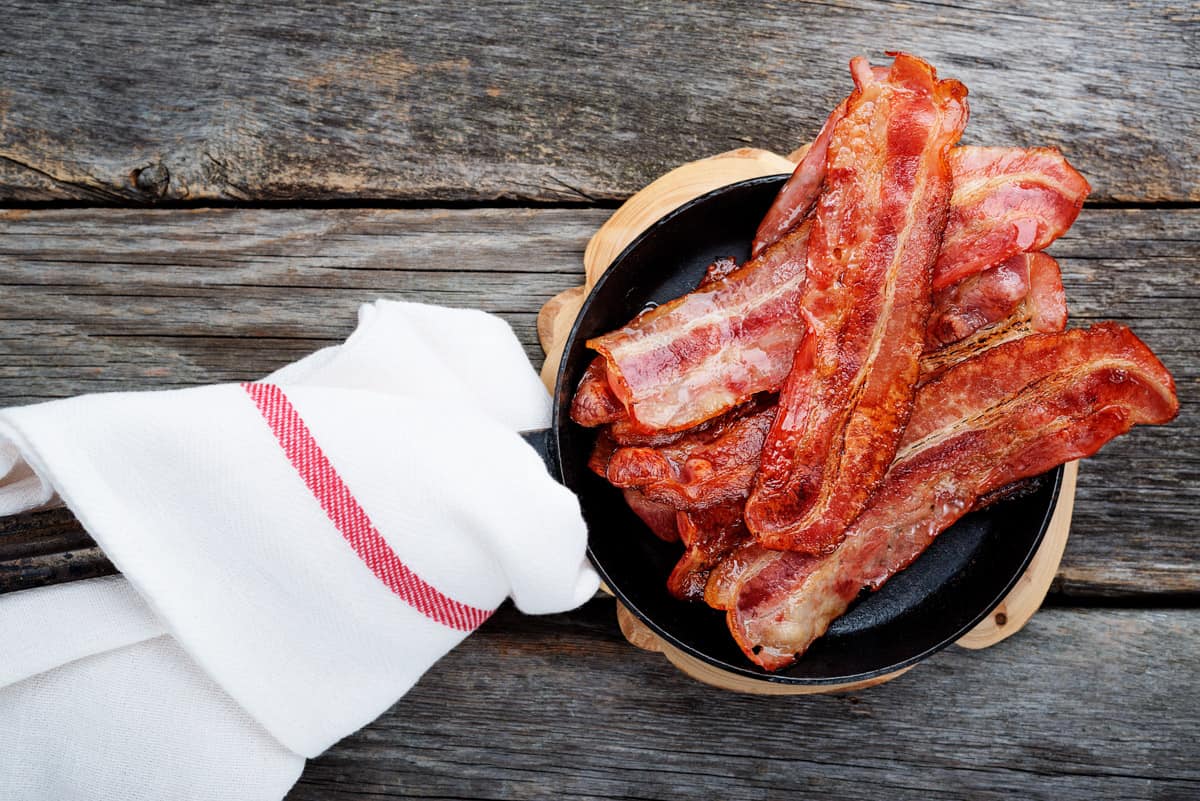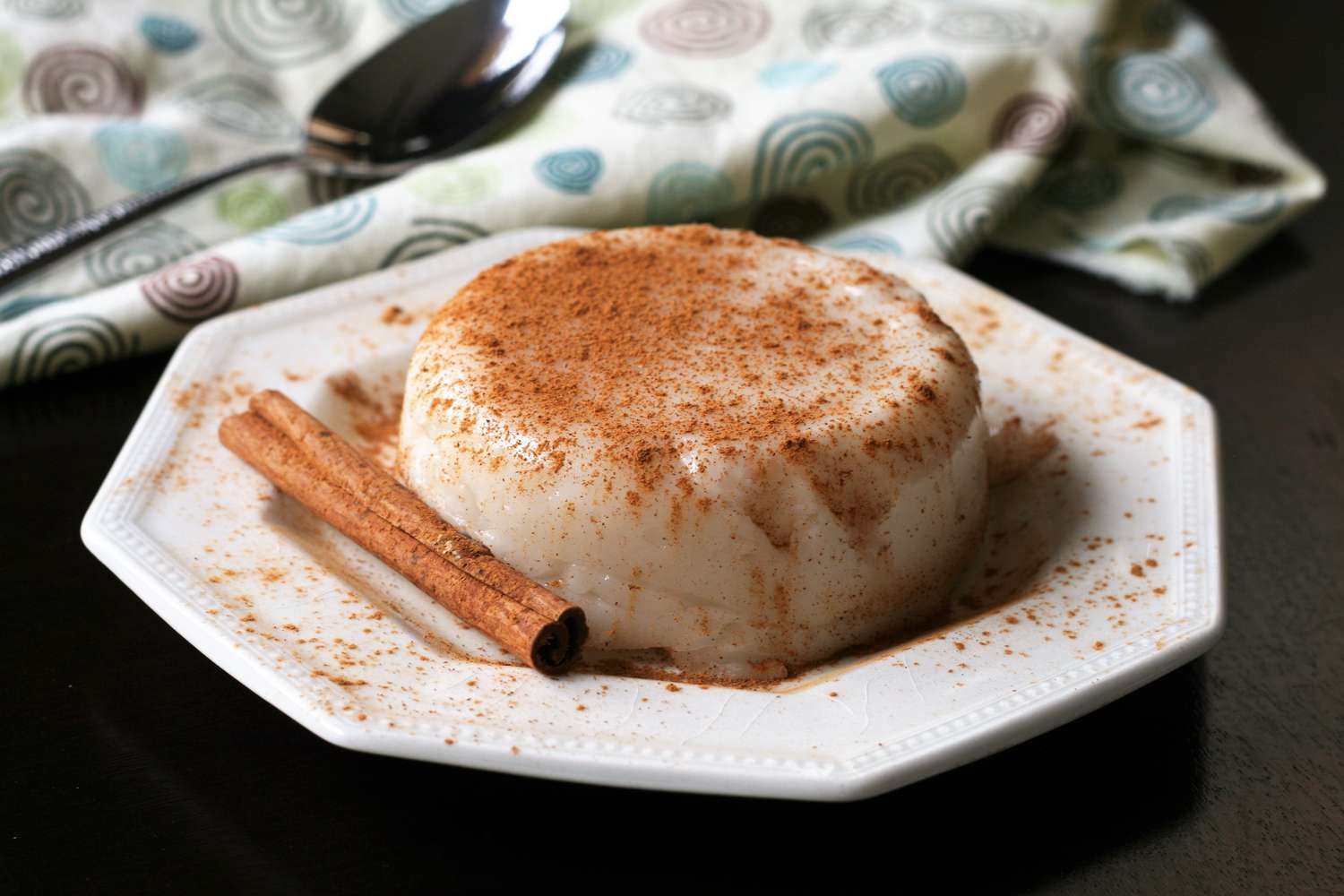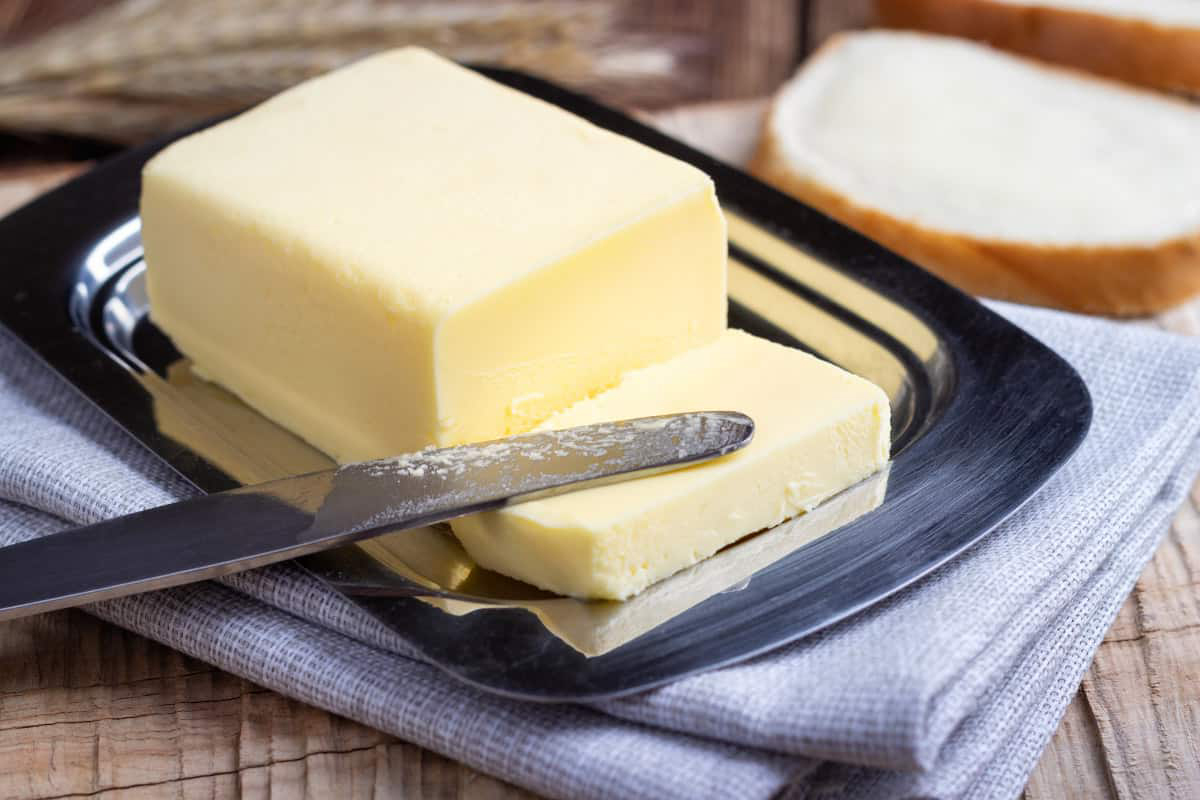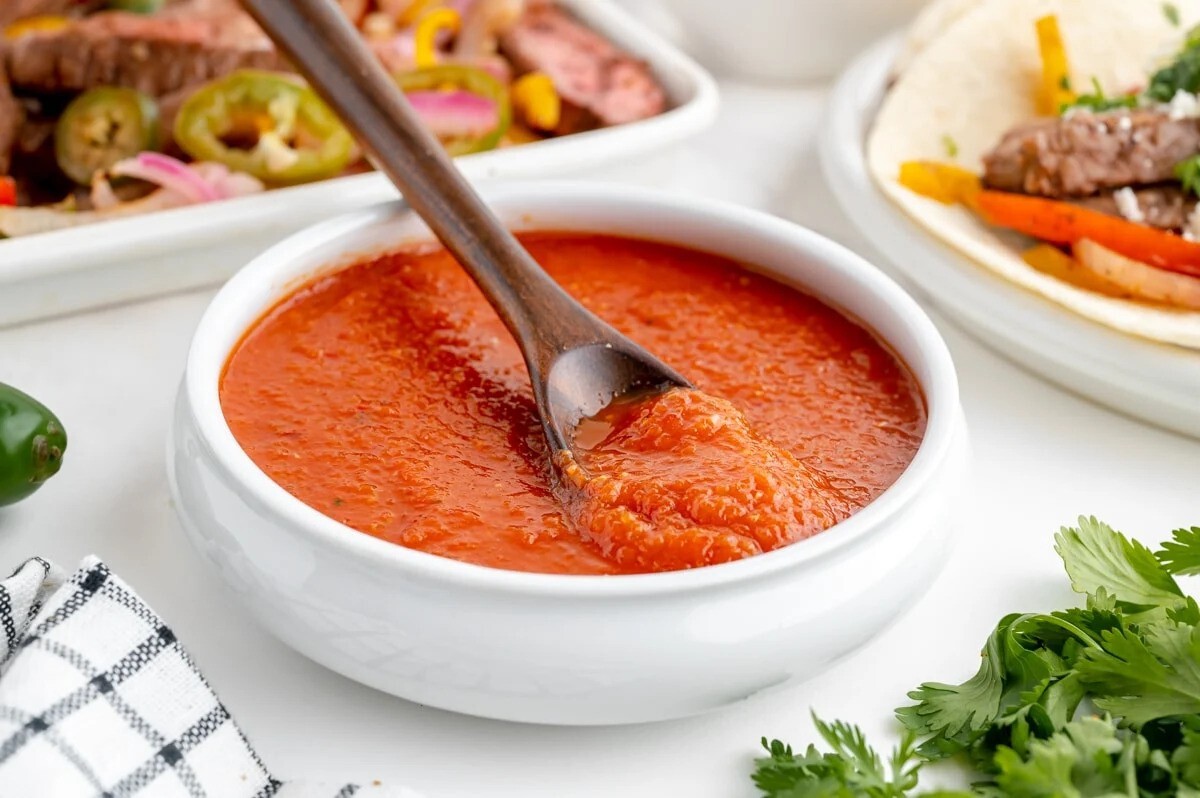Understanding Pan de Muerto: A Delicious Tradition
When it comes to traditional Mexican cuisine, few items are as iconic and beloved as Pan de Muerto. This sweet, fluffy bread is a staple during the Dia de los Muertos (Day of the Dead) celebration, and its significance goes far beyond its delicious taste. Let’s delve into the history, ingredients, and cultural importance of this delectable treat.
The History of Pan de Muerto
Originating in Mexico, Pan de Muerto has a rich history that dates back to the pre-Columbian era. The bread’s circular shape represents the cycle of life and death, while the bone-shaped decorations on top symbolize the ancestors who have passed on. Traditionally, Pan de Muerto is enjoyed as part of the Dia de los Muertos festivities, where families honor and remember their deceased loved ones.
Ingredients and Flavors
Pan de Muerto is made with a combination of simple yet flavorful ingredients, including:
- Flour: The base of the bread, providing structure and texture.
- Sugar: Adding sweetness to the dough and enhancing its flavor.
- Butter: Creating a rich, moist crumb in the bread.
- Eggs: Contributing to the bread’s soft and tender texture.
- Yeast: Allowing the dough to rise and develop its airy consistency.
- Orange Blossom Water: Infusing the bread with a delicate floral aroma.
- Orange Zest: Providing a bright, citrusy flavor that complements the sweetness of the bread.
- Anise seeds: Adding a subtle licorice-like flavor to the bread.
These ingredients come together to create a bread that is both aromatic and flavorful, with a slightly sweet taste that pairs perfectly with a cup of hot chocolate or coffee.
Cultural Significance
For many Mexican families, the act of baking and sharing Pan de Muerto is a deeply meaningful tradition. It serves as a way to honor and remember deceased relatives, with each element of the bread carrying symbolic significance. The round shape represents the cyclical nature of life and death, while the bone-shaped decorations pay homage to those who have passed on.
During Dia de los Muertos, families gather to create altars adorned with marigolds, candles, and cherished mementos of their loved ones. Pan de Muerto is often placed on these altars as an offering to the departed, symbolizing the spiritual connection between the living and the dead.
Enjoying Pan de Muerto
Whether you’re participating in Dia de los Muertos festivities or simply want to savor a taste of Mexican tradition, Pan de Muerto is a delightful treat to enjoy. Its pillowy texture and subtle sweetness make it a perfect accompaniment to a cup of hot cocoa or a warm beverage of your choice.
Many bakeries and grocery stores offer Pan de Muerto during the weeks leading up to Dia de los Muertos, making it accessible to those who wish to partake in this cultural experience. Additionally, for those who enjoy baking, there are numerous recipes available for making Pan de Muerto at home, allowing you to infuse the bread with your own personal touch.
In Conclusion
Pan de Muerto is more than just a delicious bread; it’s a symbol of tradition, remembrance, and the enduring connection between generations. Its rich history and cultural significance make it a cherished part of Mexican culinary heritage, and its delightful flavor ensures that it will continue to be enjoyed for generations to come.
So, the next time you bite into a piece of Pan de Muerto, take a moment to appreciate the love and tradition baked into every fluffy, flavorful bite.
Was this page helpful?
Read Next: What Is Peeps Pepsi?
